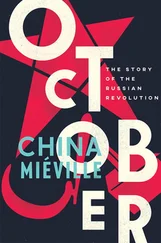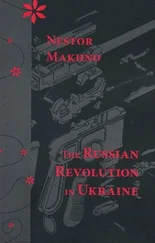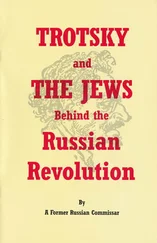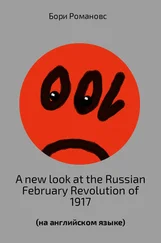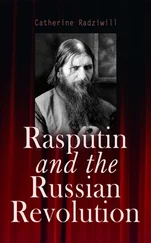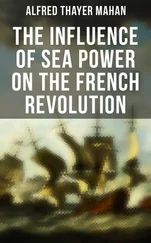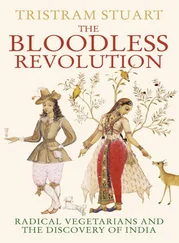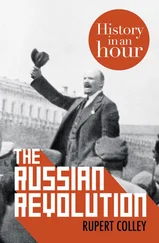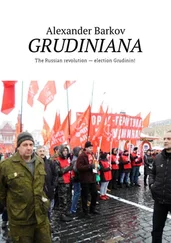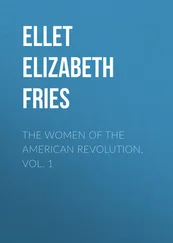Richard Pipes - The Russian Revolution
Здесь есть возможность читать онлайн «Richard Pipes - The Russian Revolution» весь текст электронной книги совершенно бесплатно (целиком полную версию без сокращений). В некоторых случаях можно слушать аудио, скачать через торрент в формате fb2 и присутствует краткое содержание. Жанр: Старинная литература, на английском языке. Описание произведения, (предисловие) а так же отзывы посетителей доступны на портале библиотеки ЛибКат.
- Название:The Russian Revolution
- Автор:
- Жанр:
- Год:неизвестен
- ISBN:нет данных
- Рейтинг книги:3 / 5. Голосов: 1
-
Избранное:Добавить в избранное
- Отзывы:
-
Ваша оценка:
- 60
- 1
- 2
- 3
- 4
- 5
The Russian Revolution: краткое содержание, описание и аннотация
Предлагаем к чтению аннотацию, описание, краткое содержание или предисловие (зависит от того, что написал сам автор книги «The Russian Revolution»). Если вы не нашли необходимую информацию о книге — напишите в комментариях, мы постараемся отыскать её.
The Russian Revolution — читать онлайн бесплатно полную книгу (весь текст) целиком
Ниже представлен текст книги, разбитый по страницам. Система сохранения места последней прочитанной страницы, позволяет с удобством читать онлайн бесплатно книгу «The Russian Revolution», без необходимости каждый раз заново искать на чём Вы остановились. Поставьте закладку, и сможете в любой момент перейти на страницу, на которой закончили чтение.
Интервал:
Закладка:
And a haphazard beginning it was. Since the 1860s Russian institutions of higher learning had been the principal center of opposition to the tsarist regime: revolutionaries were, for the most part, either university students or university dropouts. At the turn of the century, Russia had ten universities as well as a number of specialized schools which taught religion, law, medicine, and engineering. They had a total enrollment of 35,000. The student body came overwhelmingly from the lower classes. In 1911, the largest contingent was made up of sons of priests, followed by sons of bureaucrats and peasants: hereditary nobles constituted less than 10 percent, equal to the number of Jews. 2The Imperial Government needed an educated elite and promoted higher education, but it wished, unrealistically, to confine education strictly to professional and vocational training. Such a policy satisfied the majority of students, who, even if critical of the regime, did not want politics to interfere with their studies: this is known from surveys taken in the revolutionary year of 1905. But whenever the authorities overreacted to the radical minority, which they usually did, the students closed ranks.
In 1884, in the course of the “counterreforms,” which followed the assassination of Alexander II, the government revised the liberal University Statute issued twenty-one years earlier. The new regulations deprived the universities of a great deal of autonomy and placed them under the direct supervision of the Ministry of Education. Their faculties could no longer elect rectors. Disciplinary authority over the students was entrusted to an outsider, a state inspector, who had police functions. Student organizations were declared illegal, even in the form of zemliachestva , associations formed by students from the same province to provide mutual assistance. Students were understandably unhappy with the new regulations. Their unhappiness was aggravated by the appointment in 1897 as Minister of Education of N. P. Bogolepov, a professor of Roman law, the first academic to hold the post but a dry and unsympathetic conservative whom they dubbed “Stone Guest.” Still, the 1880s and 1890s were a period of relative calm at the institutions of higher learning.
The event which shattered this calm was trifling. St. Petersburg University traditionally celebrated on February 8 the anniversary of its founding.*
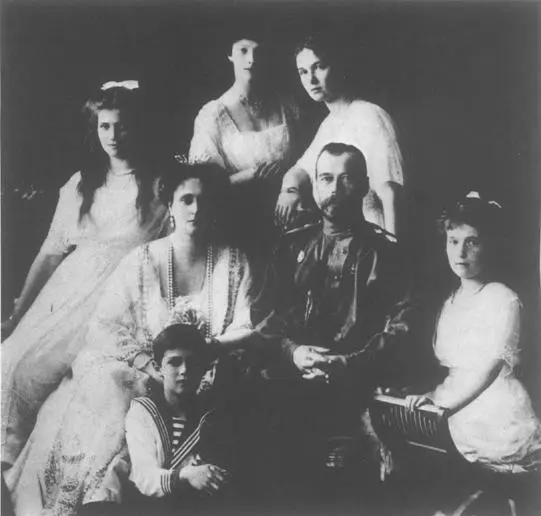
2. Nicholas II and family shortly before outbreak of World War I. By his side, Alexandra Fedorovna. The daughters, from left to right: Marie, Tatiana, Olga, and Anastasia. In front, Tsarevich Alexis.
On that day it was customary for the students, after taking part in formal festivities organized by the faculty, to stage celebrations in the center of the city. It was pure fun in which politics played no part. But in the Russia of that time any public event not officially sanctioned was treated as insubordination and, as such, as political and subversive. Determined to put a stop to such disturbances, the authorities requested the Rector, the well-known and popular law professor V. I. Sergeevich, to warn the students that such celebrations would no longer be tolerated. The warning, posted throughout the university and published in the press, deserves full citation because it reflected so faithfully the regime’s police mentality:
On February 8, the anniversary of the founding of the Imperial St. Petersburg University, it has been not uncommon for students to disturb peace and order on the streets as well as in public places of St. Petersburg. These disturbances begin immediately after the completion of university celebrations when students, singing and shouting “Hurrah!,” march in a crowd to the Palace Bridge and thence to Nevsky Prospect. In the evening, noisy intrusions into restaurants, places of amusement, the circus, and the Little Theater take place. Deep into the night the streets adjoining these establishments are cut off by an excited crowd, causing regrettable clashes and annoyance to the public. St. Petersburg society has long taken note of these disorders: it is indignant and blames the university and the entire student body, even though only a small part is involved.
The law makes provisions for such disorders and subjects those guilty of violating public order to imprisonment for 7 days and fines of up to 25 rubles. If such disorders involve a large crowd which ignores police orders to disperse, the participants are subject to terms of imprisonment for up to one month and fines of up to 100 rubles. And if the disorder has to be quelled by force, then those guilty are subject to terms of imprisonment of up to three months and fines of up to 300 rubles.
On February 8, the police are obliged to preserve peace in the same manner as on any other day of the year. Should order be disturbed, they are obliged to stop the disturbance at any cost. In addition, the law provides for the use of force to end disorders. The results of such a clash with the police may be most unfortunate. Those guilty may be subject to arrest, the loss of privileges, dismissal and expulsion from the university, and exile from the capital. I feel obliged to warn the student body of this. Students must respect the law in order to uphold the honor and dignity of the university.
3
The tactless admonition infuriated the students. When on February 8 Sergeevich mounted the speakers’ rostrum, they booed and hissed him for twenty minutes. They then streamed outside singing “Gaudeamus Igitur” and the “Marseillaise.” The crowd attempted to cross the Palace Bridge into the city but, finding it blocked by the police, proceeded instead to the Nikolaev Bridge. Here more police awaited them. The students claimed that in the ensuing melee they were beaten with whips, and the police that they were pelted with snowballs and chunks of ice.
Greatly excited, the students held during the following two days assemblies at which they voted to strike until the government assured them that the police would respect their rights. 4Up to this point the grievance was specific and capable of being satisfied.
But the protest movement was promptly taken over by radicals in charge of an illegal Mutual Aid Fund (Kassa vzaimopomoshchi) who saw in it an opportunity to politicize the student body. The Fund was dominated by socialists, some of whom would later play a leading role in the revolutionary movement, among them Boris Savinkov, a future terrorist, Ivan Kaliaev, who in 1905 would assassinate Grand Duke Sergei, the governor-general of Moscow, and George Nosar (Khrustalev), who in October 1905 would chair the Petrograd Soviet. 5The leaders of the Fund at first dismissed the strike as a “puerile” exercise, but took charge once they realized that the movement enjoyed broad support. They formed an organizing committee to direct the strike and dispatched emissaries to the other schools with requests for support. On February 15, Moscow University joined the strike; on February 17, Kiev followed suit; and before long all the major institutions of higher learning in the Empire were shut down. An estimated 25,000 students boycotted classes. The strikers called for an end to arbitrary discipline and police brutality; they posed as yet no political demands.
The authorities responded by arresting the strike leaders. More liberal officials, however, managed to persuade them that the protests had no political purpose and were best contained by satisfying legitimate student grievances. Indeed, the striking students believed themselves to be acting in defense of the law rather than challenging the tsarist regime. 6A commission was appointed under P. S. Vannovskii, a former Minister of War, a venerable general with impeccable conservative credentials. While the Commission pursued its inquiries, the students drifted back to classes, ignoring the protests of the organizing committee. St. Petersburg University voted to end the strike on March 1, and Moscow resumed work four days later. 7
Читать дальшеИнтервал:
Закладка:
Похожие книги на «The Russian Revolution»
Представляем Вашему вниманию похожие книги на «The Russian Revolution» списком для выбора. Мы отобрали схожую по названию и смыслу литературу в надежде предоставить читателям больше вариантов отыскать новые, интересные, ещё непрочитанные произведения.
Обсуждение, отзывы о книге «The Russian Revolution» и просто собственные мнения читателей. Оставьте ваши комментарии, напишите, что Вы думаете о произведении, его смысле или главных героях. Укажите что конкретно понравилось, а что нет, и почему Вы так считаете.

